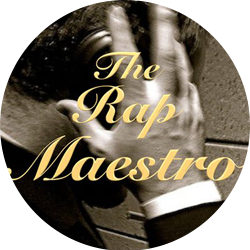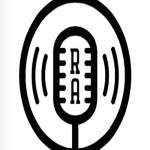—By Nigel Telman
As I’m sure you’re aware, J.I.D just dropped a new track today (9/19) and it’s, to put it mildly, very very good. So good, in fact, that I felt like this was the song I wanted to start off with to analyze and understand what makes J.I.D such a great rapper! While it may not be as subversive of the Atlanta scene as his collaborations with EarthGang, nor as his first major hit mixtape DiCaprio, after analyzing the rhyme density and flow control I honestly feel that, technically speaking, this is one of his better songs. I thought you’d find an in-depth analysis of this work interesting so I hope you enjoy it! We’ll get into all the interesting bits from this track later but first, let’s do some light statistical work.
Let’s look at the hard facts of J.I.D’s verse on this song: J.I.D raps for 32 bars, filling the 32 bars with 311 words. Out of those 311 words, 128 of them are rhymed! That is just over 2 rhymed words for every 5. This also means that J.I.D is averaging 4 rhymed words per 1 bar of music! This is some pretty dense writing for someone who has only made one studio album. The fact that he’s coming into the rap game off-the-bat with this much attention to detail not only gives me a lot of hope for the future of hip hop (old head alert), but it shows me just how good J.I.D is. As Martin said in one of his earlier articles, more complex rapping = better rapping. Now, let’s get into the nitty-gritty of J.I.D’s writing and rhythmic style.
I want to focus on J.I.D’s rhyme phrasing, which I find incredible and almost Biggie-like in its essence. And before you jump at me for making such a bold comparison, there’s a specific reason I chose B.I.G: rhyme scheme transitions. Biggie was a master of this. If you saw the Vox video about Biggie’s distinct way of daisy-chaining rhymes together, link here: , you’ll know that this had two effects: making Biggie’s rhyming sound more unique and transitioning seamlessly between two different rhyme schemes. J.I.D employs a similar tactic in this song. Let’s look at a part from the second half of this verse. I’m going to italicize/underline syllables that are distinct to one rhyme scheme and bold syllables that pass through more than one rhyme scheme (rhyme schemes separations will be noted with a ||):
And you dumb, dumb better run run cause we fryin’ em
East-side, where ya from, from niggas wildin’ ||
So be silent before my niggas creep silent with street knowledge
Complete nonsense, delete comments, || online, all lies
We see violence everyday in my eyes
They killing my niggas, die, nigga die
Pull up with the fire get ’em nigga its eye for an eye
Look across each rhyme scheme and you’ll notice J.I.D, while completely switching the flow/scheme 3 times within 8 lines, has also carried throughout each switch an aspect from the first rhyme scheme. “East-side” is a seemingly innocent word to throw in, yet it acts as the perfect foundation on which he can build the scheme starting with “be silent”. As that scheme continues he gradually leaves behind the rhymes for “side” but doubles down on his rhymes for “east” while building another scheme on top of that, one based on the last syllables of silent, “lent”, i.e with “knowledge”, “nonesense”, “comments”. And still into the next flow/scheme switch, while he loses the rhyme for “east”, although he daisy chains in his last rhyme scheme with the “lence” syllable in violence, he doubles down HARD on the rhymes for “side”: “line”, “lies”, “vio”, “eyes”, “die” etc. So just to recap on this, J.I.D daisy-chained seamlessly transitioned between rhyme schemes through a method that I will call continuation. That is, he transitioned so well between schemes because in each scheme there were elements of the scheme before it. Of course throughout this song there are flow/scheme switches that are much more explicit but the complexity of this section alone proves to me that J.I.D is really thinking about how he wants his rhymes to sound to the audience.


 Join the weekly RapAnalysis newsletter at
Join the weekly RapAnalysis newsletter at